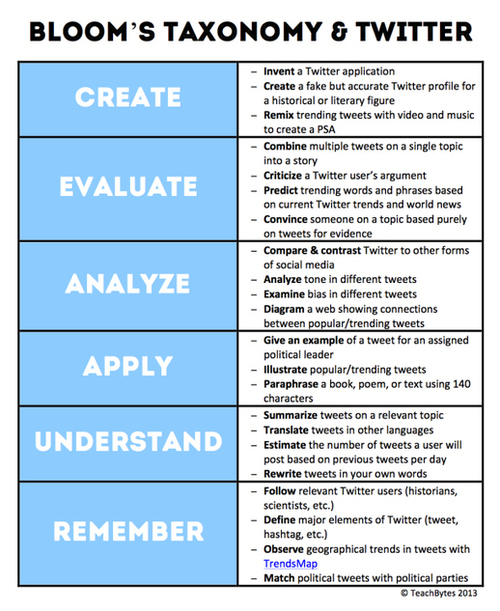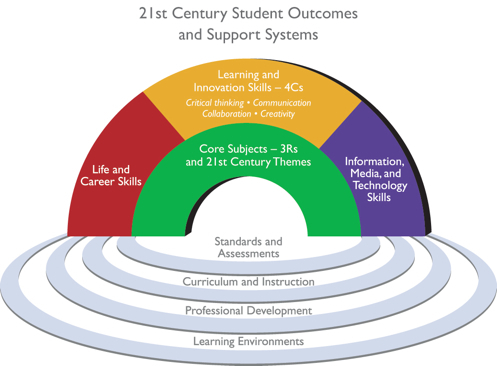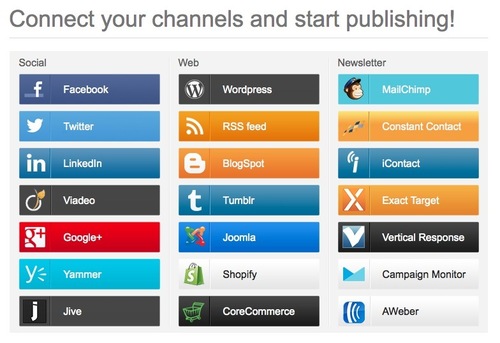I often participate and sometimes present in a regular free online webinar with educators from around Australia and sometimes SE Asia. Every Thursday night you can usually find us in the Australia E-Series Blackboard Collaborate Room. This room is kindly shared with us by Steve Hargadon from Web2.0 Labs.
On Thursday 4th July I presented a session on Visual Literacy Tools and the Australian Curriculum.
The Australian Curriculum has a definite focus on visual literacy through the incorporation of the
General Capabilities. Visual literacy is important in all areas of the curriculum. In the past I have certainly used visual aids like video, photographs, tables, graphs and diagrams but I have not explicitly taught my students that interpreting these visual tools is essential to develop deep understanding and that these skills can be applied in all areas of the curriculum. Visual knowledge is one of the
four organising elements of the Literacy general capability. The key feature for students and and teachers in the visual knowledge section is that students need to understand how visual images create meaning. As teachers we must explicitly teach interpretation and creation skills.
In the
webinar presented 4th July 2013 I shared with the group some useful tools for finding and creating visual literacy objects for the classroom. Below I’ve listed the links.
I’m sure there are plenty more ideas out there and as I find them I’ll keep adding.



